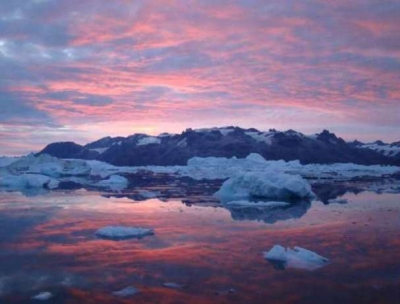
The Greenland ice sheet is the second largest noir of freshwater on Earth SINCE 1001, the rate of loss of ice man from the ice sheet has increased so-fold amounting to around 10% of the recent rise in global sea levels.
Basal slip
The ice flow is determined by the geological conditions in the ground beneath an ice sheet or glacier. The make-up of the Layers of rock and the temperature of the Earth’s crust beneath are some of the key factors. The amount of water present in liquid form between rock and ice is also another factor as this acts as a lubricant in causing what is referred to as “basal slip”, increasing the flow of ice.
The remoteness of Greenland and the fact that its ground is covered by ice almost 2.5 km in thickness creates specific problems in figuring out what is happening underneath. A research led by Swansea University in Wales has employed the noise created by Earth’s movements to build up a detailed picture of the geological conditions beneath the Greenland ice sheet and the impact on ice flow.
Using Earth’s noise
A permanent network of seismic monitoring stations was installed across Greenland in 2009 for a previous research. By measuring Rayleigh waves – seismic waves generated by movements like earthquakes extracted from Earth’s noise, researchers were able to produce high-resolution images of the rock underneath the ice sheet.
By measuring the speed shape at duration of the wives, scientists were able to find out the material through which they are travelling through. In addition to this, the material properties of the rocks like rigidity and density, the layering of the rocks and physical properties of the surface soil were also worked out helping identify areas that are most susceptible to faster ice flow.
The researchers were able to find regions of high geothermal heat, soft sedimentary substrates beneath fast flowing outlet glaciers, and outlet glaciers particularly susceptible to basal slip. With a better understanding of the processes leading up to faster ice discharge, the researchers are also hoping to learn more about the global sea level rise.
Picture Credit : Google




